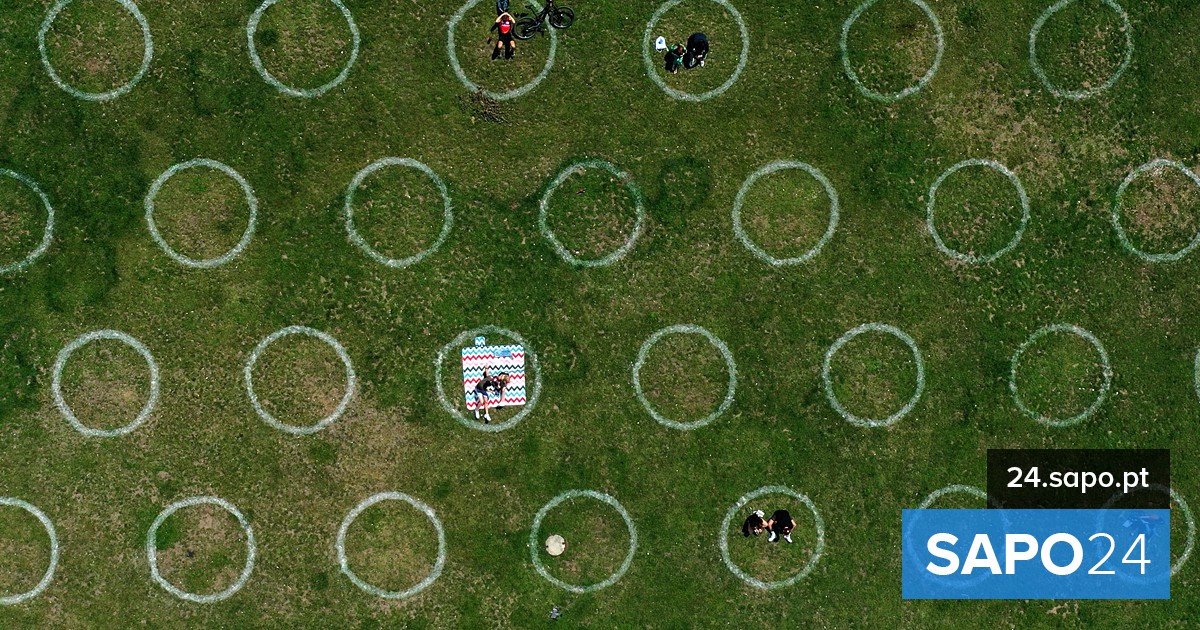This conclusion comes from a study published today in the scientific journal ‘Fluid Physics’ that indicates the ineffectiveness of social distancing by itself in mitigating the spread of the coronavirus responsible for COVID-19.
Using a computer modeling method to determine how droplets spread when coughing, the team of engineers at the University of Cambridge concluded that without a mask, a person with covid-19 could infect another person within two metres, even outdoors.
On the other hand, coughing also varies, so the researchers suggest that the safe distance could be anywhere from one to three meters or more, depending on the risk tolerance of the health authority setting the rule.
Part of the way this disease spreads is virology: the amount of virus in our bodies, the viral particles we expel when we talk or cough. Another part is fluid mechanics,” explains Shree Trivedi, from the Department of Engineering at Cambridge, in a statement.
Through fluid mechanics, researchers look at SARS-CoV-2 in this study to understand what happens to droplets after they are expelled.
“As fluid mechanics specialists, we act as the bridge between transmitter and receiver virology and can help assess risk,” he adds.
It was precisely this bridge that the researchers sought to measure through various simulations in which they quantified the amount of droplets that would reach another person, compared to the sum of the droplets emitted, and their size as a function of time and space.
In these exercises, they concluded that there is no abrupt interval of two meters: if a person coughing does not wear a mask, then larger droplets fall on nearby surfaces, but smaller ones spread easily, depending on the speed and distance from the quality of space ventilation.
Therefore, the team of engineers concluded that social distancing in itself is not an effective mitigation measure and stresses the importance of vaccination, ventilation of the space and use of masks.
However, there is also a high degree of randomness, says Shree Trivedi, explaining that “every time we cough, we can release a different amount of fluid, so if someone is infected, they can release many or few viral particles.
Another researcher, Epaminondas Masturakos, who led the study adds, explaining that fluctuations in velocity, temperature and humidity mean that fluctuations in speed, temperature and humidity always vary in the number of drops dropped over two metres.
In light of these findings, the researchers caution that although it is an effective message to the public, a distance of two meters cannot be considered a safety sign and, as a mitigation measure, must be supplemented with others.
“We are all desperate to see an end to this pandemic, but we highly recommend that people continue to wear masks in enclosed spaces such as offices, classrooms and stores,” said Epaminondas Mastrocos.
The same team will now continue developing this work with similar simulations of other types of spaces, such as classrooms, to assess risks as people spend more time indoors.

“Hardcore alcohol maven. Hipster-friendly analyst. Introvert. Devoted social media advocate.”

